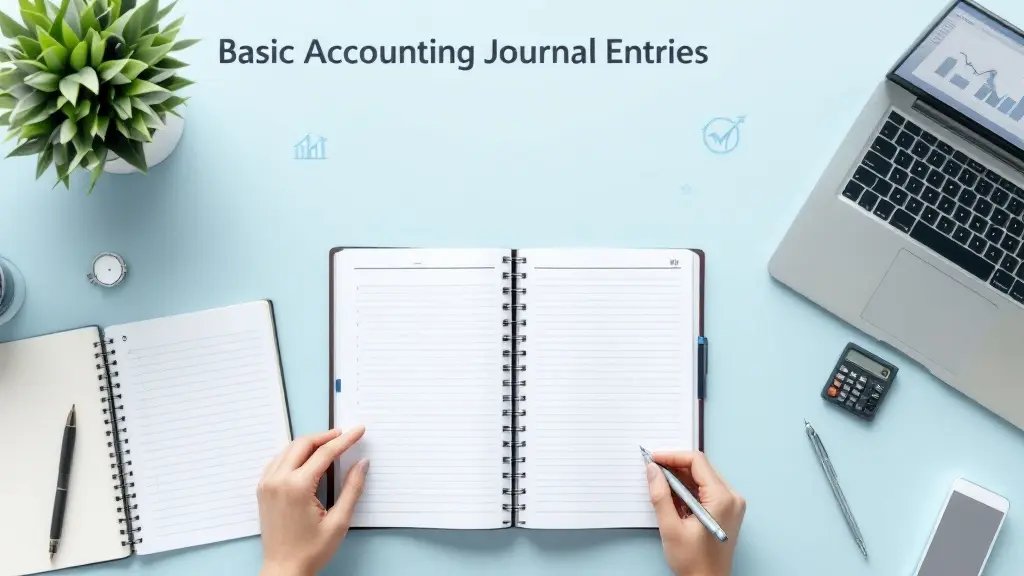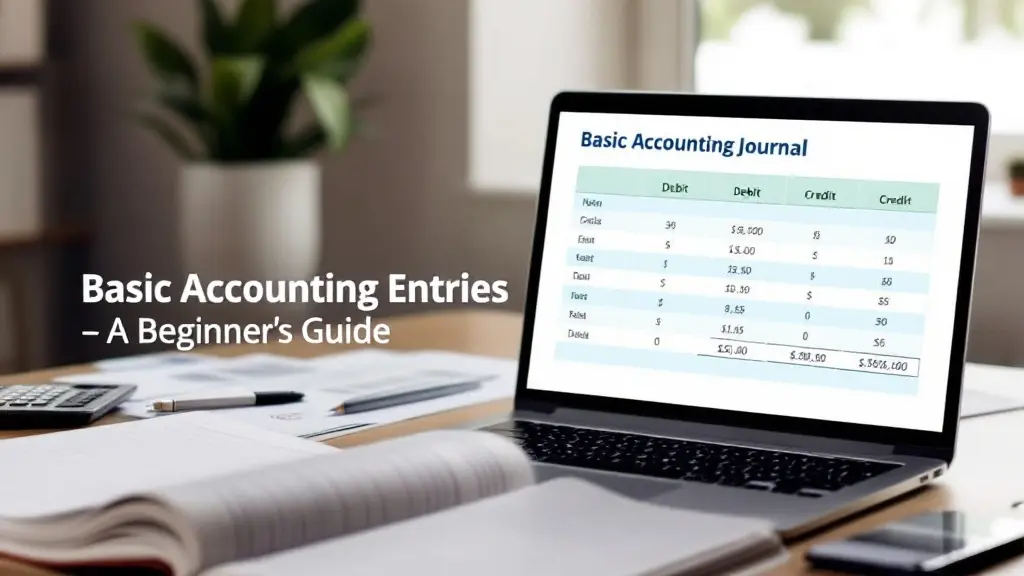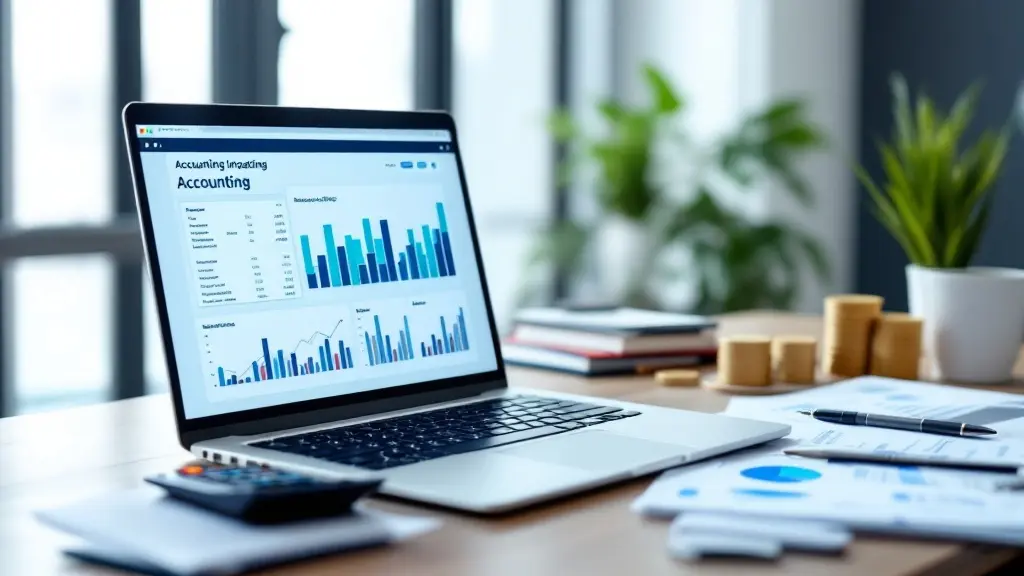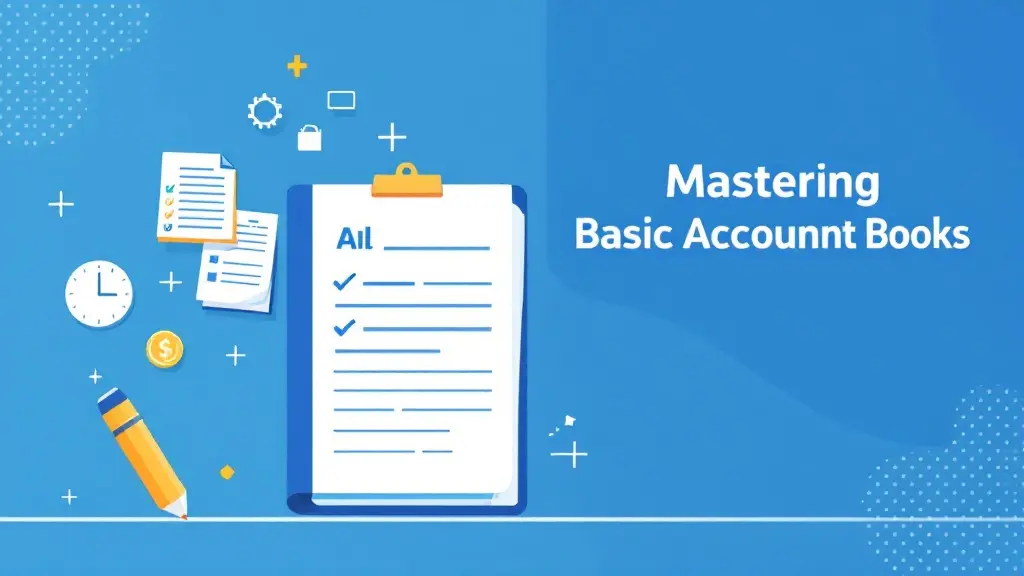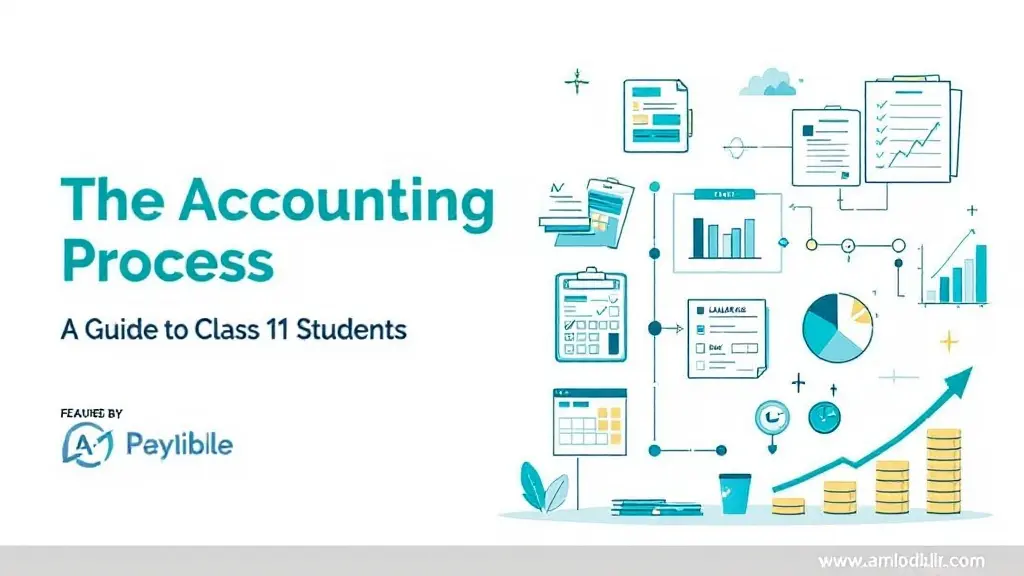Balance Sheet Format as per the Companies Act: A Comprehensive Guide
Table of Contents
Most Read
[fusion_dropcap class="fusion-content-tb-dropcap"]W[/fusion_dropcap]hen it comes to understanding a company’s financial health, the balance sheet is a vital document. For businesses in India, the Companies Act, 2013, mandates specific balance sheet formats that must be followed to ensure consistency, transparency, and accountability. Whether you’re a business owner, an accountant, or a student looking to grasp the basics of accounting, this blog post will guide you through the balance sheet format as prescribed under the Companies Act. We will explore its structure, key components, and how it plays a crucial role in financial reporting.
What is a Balance Sheet?
A balance sheet is a financial statement that provides a snapshot of a company’s financial position at a specific point in time. It lists the company’s assets, liabilities, and shareholders’ equity, giving stakeholders a clear view of the business’s financial strength. In simple terms, a balance sheet answers three essential questions:
- What does the company own? (Assets)
- What does the company owe? (Liabilities)
- How much is owned by the shareholders? (Equity)
Under the Companies Act, 2013, the balance sheet format is standardized for all companies in India. It ensures uniformity in financial reporting, which enhances comparability and transparency.
Key Components of a Balance Sheet as per the Companies Act
The balance sheet is divided into two main parts:
- Equities and Liabilities
- Assets
These two parts must balance, meaning the total liabilities and equity must be equal to the total assets.
1. Equities and Liabilities
This section is further broken down into three sub-categories:
- Shareholders’ Funds
- Share Capital: This represents the capital raised by issuing shares to the shareholders.
- Reserves and Surplus: These are accumulated profits or retained earnings that have not been distributed as dividends.
- Money Received Against Share Warrants: Funds received from warrants that can later be converted into shares.
- Non-Current Liabilities (Long-Term Liabilities)
- Long-Term Borrowings: Loans or debts that are due for repayment after more than one year.
- Deferred Tax Liabilities: Taxes that have been deferred to be paid in the future.
- Other Long-Term Liabilities: Includes any other liabilities not due within the next 12 months.
- Current Liabilities (Short-Term Liabilities)
- Short-Term Borrowings: Loans or debts due for repayment within the next 12 months.
- Trade Payables: Amounts owed to suppliers or creditors for goods and services received.
- Other Current Liabilities: Other short-term liabilities, such as accrued expenses or provisions.
- Short-Term Provisions: Funds set aside for specific short-term purposes, like pending legal claims or warranty expenses.
2. Assets
The asset section is divided into two categories: Non-Current Assets and Current Assets.
- Non-Current Assets (Long-Term Assets)
- Fixed Assets: These are tangible assets such as property, plant, and equipment that are expected to provide long-term benefits.
- Intangible Assets: Non-physical assets like patents, trademarks, and goodwill.
- Capital Work-In-Progress: Costs incurred on constructing or developing fixed assets that are not yet completed.
- Non-Current Investments: Investments that are not intended to be sold or converted into cash within a year.
- Long-Term Loans and Advances: Loans given by the company, which are not expected to be repaid within the next year.
- Current Assets (Short-Term Assets)
- Current Investments: Investments that are expected to be sold or converted into cash within one year.
- Inventories: Goods and materials held for sale or use in production.
- Trade Receivables: Amounts due from customers for goods or services sold on credit.
- Cash and Cash Equivalents: Liquid assets that include cash, bank balances, and short-term investments.
- Short-Term Loans and Advances: Loans expected to be repaid within the year.
- Other Current Assets: Includes prepayments and other assets that are expected to be realized within the year.
Detailed Balance Sheet Format under the Companies Act, 2013
As per Schedule III of the Companies Act, 2013, the balance sheet format for companies is standardized. Below is the prescribed format:
Balance Sheet as at [Date]
| Particulars | Note No. | As at [Date] |
|---|---|---|
| I. EQUITIES AND LIABILITIES | ||
| (1) Shareholders’ Funds |
- Share Capital | |
- Reserves and Surplus | |
- Money Received Against Share Warrants | |
(2) Non-Current Liabilities | | - Long-Term Borrowings | |
- Deferred Tax Liabilities (Net) | |
- Other Long-Term Liabilities | |
- Long-Term Provisions | |
(3) Current Liabilities | | - Short-Term Borrowings | |
- Trade Payables | |
- Other Current Liabilities | |
- Short-Term Provisions | |
Total Equity and Liabilities | |
II. ASSETS | |
(1) Non-Current Assets | |
- Fixed Assets | |
- Tangible Assets | |
- Intangible Assets | |
- Capital Work-in-Progress | |
- Non-Current Investments | |
- Long-Term Loans and Advances | |
- Other Non-Current Assets | |
(2) Current Assets | | - Current Investments | |
- Inventories | |
- Trade Receivables | |
- Cash and Cash Equivalents | |
- Short-Term Loans and Advances | |
- Other Current Assets | |
Total Assets | |
Why is the Balance Sheet Format Important?
1. Regulatory Compliance
The Companies Act, 2013, mandates this format for all companies to ensure uniformity and transparency in financial reporting. By adhering to this format, businesses meet the legal requirements and avoid potential penalties or legal issues. This ensures that companies are consistently reporting their financials, making it easier for regulators, stakeholders, and investors to assess the company’s financial health.
2. Transparency and Comparability
The prescribed balance sheet format promotes transparency in financial reporting. When all companies follow the same structure, it becomes easier to compare the financial performance of different companies, even across industries. Investors and stakeholders can quickly analyze a company’s assets, liabilities, and equity without sifting through complex or inconsistent reports.
3. Helps in Financial Analysis
For business owners and financial analysts, a well-structured balance sheet is a crucial tool for assessing the company’s financial stability. Ratios derived from balance sheet figures, such as debt-to-equity ratio or current ratio, help evaluate the company’s liquidity, solvency, and financial performance. A standardized format ensures that these ratios are calculated in the same manner across different companies, making them more reliable for analysis.
Key Takeaways
- The balance sheet is a critical financial statement that reflects a company’s financial position.
- As per the Companies Act, 2013, companies in India must follow a specific format that includes details on shareholders’ funds, liabilities, and assets.
- The format is divided into two main sections: Equities and Liabilities and Assets.
- The Companies Act, 2013, aims to ensure regulatory compliance, enhance transparency, and facilitate comparability across companies.
- A balance sheet’s structure is essential for investors, analysts, and businesses alike to assess financial health and make informed decisions.
Conclusion
Understanding the balance sheet format as per the Companies Act, 2013, is crucial for businesses and their stakeholders. By adhering to the prescribed format, companies ensure they are in compliance with the law, while providing clarity and transparency in their financial reporting. Whether you are managing a startup or analyzing a publicly listed company, the balance sheet remains a key document in evaluating the financial strength and future potential of a business.


